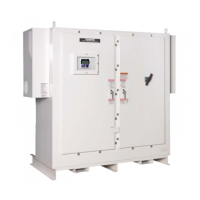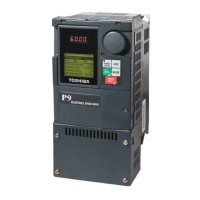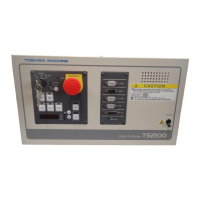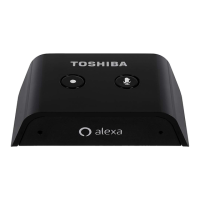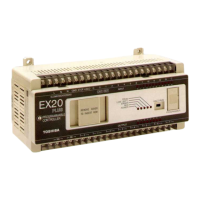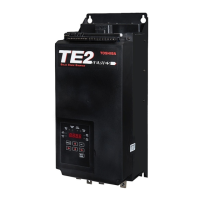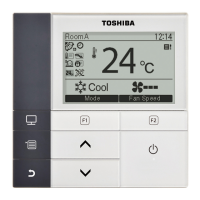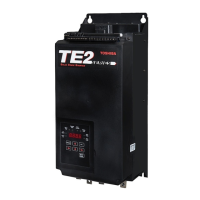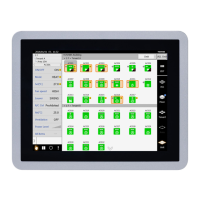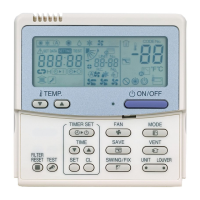How to fix an overheat issue on a Toshiba HX7+ ASD Controller?
- BBrian GreenAug 19, 2025
To resolve an overheat issue on your Toshiba Controller, consider the following: * Reduce the operating temperature conditions. * Relocate the ASD away from heat sources. * Clear obstructions from the cooling fan vent. * Repair or replace the inoperative cooling fan. * Reconnect or replace the disconnected thermistor.
